

Articles
How To Store Corn Starch
Modified: January 20, 2024
Learn the best way to store corn starch to keep it fresh and usable for all your cooking and baking needs. Get expert tips and tricks in this informative article.
(Many of the links in this article redirect to a specific reviewed product. Your purchase of these products through affiliate links helps to generate commission for Storables.com, at no extra cost. Learn more)
Introduction
Corn starch is a versatile ingredient that is commonly used in cooking and baking. It is a fine, powdery substance derived from corn kernels and has a multitude of culinary applications. Whether you use corn starch to thicken sauces, enhance the texture of baked goods, or even make homemade slime, proper storage is essential to maintain its quality and effectiveness.
In this article, we will explore the importance of proper corn starch storage and provide you with valuable tips and guidelines to help you store it effectively. By following the recommended storage practices, you can ensure that your corn starch stays fresh, free from contaminants, and ready for use whenever you need it.
Key Takeaways:
- Proper storage of corn starch is crucial to maintain its quality, texture, and effectiveness. Select airtight containers, store in a cool, dry place, and monitor regularly to ensure optimal results in your culinary creations.
- When storing corn starch in bulk, divide into smaller portions, use airtight containers, and find a cool, dry location. Label and organize containers for easy access and rotation, ensuring freshness and usability over time.
Read more: How To Store Corn
Importance of Proper Corn Starch Storage
Proper storage of corn starch is crucial to maintain its quality and prevent spoilage. When stored incorrectly, corn starch can encounter various issues, such as clumping, moisture absorption, and loss of thickening properties. Here are some reasons why proper storage is essential:
- Prolonged Shelf Life: By storing corn starch in the right conditions, you can extend its shelf life and ensure its usability over an extended period. This will prevent the need for frequent repurchases, saving you money and reducing food waste.
- Preservation of Texture and Consistency: Corn starch is valued for its ability to thicken and stabilize various dishes. Improper storage can cause it to lose its thickening properties and result in lumpy or inconsistent textures. Storing it correctly will help preserve its texture and keep it in optimal condition for use in your culinary creations.
- Prevention of Contamination: Like any food item, corn starch is susceptible to contamination from pests, moisture, and other external factors. Proper storage will protect it from these potential contaminants, ensuring that it remains safe and suitable for consumption.
By paying attention to how you store your corn starch, you can maximize its shelf life, preserve its quality and ensure your culinary creations turn out perfectly every time.
Selecting the Right Storage Container
Choosing the appropriate storage container is crucial for maintaining the freshness and quality of corn starch. Here are some factors to consider when selecting a container:
- Airtightness: The container you choose should have an airtight seal to prevent air, moisture, and humidity from entering. Exposure to air can cause corn starch to become clumpy and lose its effectiveness. Look for containers with tight-fitting lids or consider using vacuum-sealed bags for optimal airtightness.
- Material: Opt for containers made of food-grade materials such as glass or plastic that are safe for storing edible products. Make sure the container is free from any chemicals or substances that could potentially contaminate the corn starch.
- Size and Shape: Consider the quantity of corn starch you typically use and select a container size that allows for easy access and usage. Additionally, a container with a wide opening can make it convenient to scoop out the corn starch without spillage.
- Transparency: Choosing a transparent container allows you to easily see the contents, making it easier to monitor the quantity and condition of the corn starch without having to open the container.
Remember to thoroughly clean and dry the container before transferring the corn starch to avoid introducing any moisture or contaminants. Properly labeling the container with the date of storage can also be helpful for tracking its freshness.
By selecting the right storage container, you can ensure that your corn starch remains fresh, dry, and ready for use whenever you need it.
Recommended Storage Conditions
To maintain the quality and shelf life of corn starch, it is important to store it in optimal conditions. Here are the recommended storage conditions for corn starch:
- Cool and Dry Environment: Corn starch should be stored in a cool and dry area away from direct sunlight and heat sources. Exposure to heat and sunlight can cause the starch to clump and lose its thickening properties. A cool and dry environment helps to prevent moisture absorption and maintain the consistency of the starch.
- Temperature: Ideally, corn starch should be stored at a temperature between 50°F (10°C) and 77°F (25°C). Avoid storing it in areas prone to temperature fluctuations, such as near the stove or refrigerator, as sudden changes in temperature can also affect its quality.
- Avoid Humidity: Moisture is the enemy of corn starch. High humidity can cause the starch to clump and become ineffective. It is advisable to store corn starch in a humidity-controlled environment, such as a pantry or cupboard, rather than in the refrigerator or freezer.
- Away from Strong Odors: Corn starch has the tendency to absorb odors from its surroundings. Store it away from strong-smelling substances, such as spices, cleaning products, or other pungent foods, to prevent flavor contamination.
Following these storage conditions will help ensure that your corn starch maintains its quality, texture, and usability for a longer period of time. By protecting it from heat, moisture, and strong odors, you can preserve the freshness and effectiveness of the corn starch in your culinary endeavors.
Tips for Long-Term Corn Starch Storage
If you anticipate storing corn starch for an extended period, whether it be for bulk storage or long-term use, here are some tips to ensure its longevity:
- Divide into Smaller Portions: If you have purchased corn starch in large quantities, consider dividing it into smaller portions before storing. This reduces the risk of exposing the entire supply to potential contaminants each time you open the container.
- Use Oxygen Absorbers: To prolong the shelf life of corn starch, you can include oxygen absorbers in the storage container. These packets help eliminate excess oxygen, which can contribute to the degradation of the starch over time. Make sure to use oxygen absorbers specifically designed for food storage.
- Freeze for Long-Term Storage: If you need to store corn starch for an extended period, freezing can be an effective option. Place the corn starch in an airtight container or resealable freezer bag and store it in the freezer. Freezing helps to maintain the quality and prevent the absorption of moisture. When ready to use, allow the corn starch to thaw at room temperature before opening the container.
- Rotate Stock: To ensure you are always using the freshest corn starch, practice a rotation system where you use the oldest stock first. This prevents the accumulation of expired corn starch in your pantry or storage area.
- Keep Away from Moisture: Moisture is the enemy of corn starch, even during long-term storage. Ensure that the container is tightly sealed and stored in a dry place away from any potential sources of moisture, such as faucets or condensation-prone areas.
By following these tips, you can extend the shelf life of your corn starch and ensure that it remains in optimal condition for use, even during long-term storage.
Store corn starch in a cool, dry place away from direct sunlight and moisture. Keep it tightly sealed to prevent clumping and store it away from strong odors to maintain its freshness.
Read more: How To Store Corn Bread
Avoiding Common Storage Mistakes
To ensure the longevity and quality of your corn starch, it’s important to avoid common storage mistakes that can compromise its effectiveness. Here are some common mistakes to avoid:
- Exposing to Air: Corn starch is highly susceptible to air exposure, which can lead to clumping and the loss of its thickening properties. Always ensure that the container is tightly sealed to minimize contact with air. Avoid leaving the container open for extended periods when measuring out the starch.
- Storing in the Wrong Environment: Corn starch should be stored in a cool, dry place away from direct sunlight and heat sources. Avoid storing it near the stove, oven, or other appliances that generate heat, as this can cause the starch to clump and deteriorate. Similarly, do not store it in the refrigerator, as the moisture can lead to a loss of quality.
- Not Checking Expiry Dates: Corn starch, like any other food product, has an expiration date. Before storing, check the date on the packaging to ensure that it is within the recommended usage period. Using corn starch that has passed its expiry date may result in a loss of quality and effectiveness.
- Ignoring Signs of Contamination: Pests, such as insects or rodents, can infiltrate your corn starch if not stored properly. Regularly inspect the storage area and container for any signs of infestation, such as droppings or webbing. Discard any contaminated corn starch and thoroughly clean and sanitize the storage area before using it again.
- Using Damaged Containers: Make sure to inspect the storage container for any cracks, leaks, or damage that may compromise its ability to keep the corn starch safe. Damaged containers can allow moisture, air, and contaminants to enter, leading to spoilage. Replace any damaged containers with airtight and food-grade alternatives.
By avoiding these common storage mistakes, you can maintain the integrity and quality of your corn starch, ensuring that it remains fresh and effective for all your culinary needs.
Properly Sealing Corn Starch Containers
Ensuring that your corn starch containers are properly sealed is paramount to maintaining its freshness and quality. Here are some tips for effectively sealing your corn starch containers:
- Choose Airtight Containers: Opt for containers that have airtight seals, such as screw-top lids or containers with snap-lock lids. This prevents air, moisture, and contaminants from entering the container and compromising the corn starch.
- Clean and Dry Containers: Before transferring corn starch to a new container, thoroughly clean and dry it to remove any residues or moisture. This helps prevent any potential contamination and clumping of the starch.
- Tighten Lids Securely: Make sure that the lids of the containers are tightened securely to create a proper seal. Check the seals regularly to ensure they are still intact and have not loosened over time.
- Consider Double-Sealing: For added protection, you can consider double-sealing your corn starch containers. Place the corn starch in a resealable plastic bag or wrap it with plastic film before sealing it in the container. This provides an extra layer of protection against moisture and air.
Remember, proper sealing is essential to keep corn starch dry, clump-free, and ready for use when you need it. Paying attention to the sealing methods will help preserve its quality and extend its shelf life.
Monitoring Corn Starch Quality Over Time
It’s important to monitor the quality of corn starch over time to ensure that it remains fresh and usable. Here are some ways to monitor the quality of your corn starch:
- Visual Inspection: Regularly check the corn starch for any visible signs of spoilage, such as discoloration, clumping, or the presence of foreign particles. If you notice any of these signs, it’s best to discard the corn starch as it may no longer be safe for consumption or effective in its intended use.
- Texture and Consistency: The texture and consistency of corn starch should remain smooth and powdery. If it becomes lumpy or develops a different texture, it may have absorbed moisture or lost its thickening properties. Test a small amount of corn starch by mixing it with a liquid to ensure it thickens properly. If it fails to thicken or alters the texture of the mixture, it may be time to replace it.
- Odor Check: Corn starch should have a neutral odor. If you notice any unusual or off-putting smells, it can indicate spoilage or contamination. Trust your senses and discard any corn starch with an unpleasant or rancid odor.
- Expiration Dates: Pay attention to the expiration date on the packaging of the corn starch. Over time, the quality and effectiveness of the starch may deteriorate. If the corn starch has passed its expiration date, it’s advisable to replace it with a fresh batch to ensure optimal results.
- Storage Conditions: Regularly assess the storage conditions of your corn starch. Ensure that it is stored in a cool, dry place away from direct sunlight and sources of heat. Check the container for any damage or signs of pests. If the storage conditions are not ideal, it can compromise the quality of the corn starch.
By actively monitoring the quality of your corn starch, you can detect any issues early on and take the necessary steps to maintain its freshness and effectiveness. Regular inspection and proper storage practices will help ensure that your corn starch is always ready for use in your favorite recipes.
How to Store Corn Starch in Bulk
If you purchase corn starch in bulk or if you have a surplus that you want to store for an extended period, here are some guidelines for storing corn starch in larger quantities:
- Divide into Smaller Portions: To maintain the quality of your corn starch, consider dividing it into smaller, more manageable portions. This allows you to access and use one portion at a time, minimizing the exposure of the rest of the supply to air and potential contaminants.
- Airtight Containers: Transfer the portions of corn starch into airtight containers that are suitable for long-term storage. Select food-grade containers made of glass or high-quality plastic that have tight-fitting lids. This ensures a secure seal and helps to protect the corn starch from air, moisture, and pests.
- Cool, Dry Location: Find a cool and dry location for storing the bulk corn starch containers. It should be away from direct sunlight, heat sources, and areas with high humidity. Temperature and humidity fluctuations can compromise the quality and shelf life of the corn starch, so choose a storage area that remains consistently cool and dry.
- Label and Date: Properly label each container with the contents and the date of storage. This helps you keep track of the freshness and usage timeline. It also ensures that any older stock is used before newer ones, maintaining a rotation system for optimal freshness.
- Stacking and Organization: If you have a large quantity of corn starch containers, consider organizing and stacking them in a systematic manner. This minimizes the space required for storage and allows for easy access when you need to retrieve a container.
By following these guidelines, you can effectively store corn starch in bulk for an extended period. Properly sealed containers, suitable storage conditions, and organization will help preserve the integrity of the corn starch, ensuring that it remains fresh and ready for use whenever you need it.
Read more: How To Store Shucked Corn
Conclusion
Proper storage of corn starch is essential to maintain its quality, texture, and effectiveness. By following the recommended storage practices, you can ensure that your corn starch stays fresh, free from contaminants, and ready for use whenever you need it.
Start by selecting the right storage container that is airtight and made of food-grade materials. Consider the size, shape, and transparency of the container to make storage and access convenient.
Keep corn starch in a cool and dry environment away from heat sources and direct sunlight. Avoid high humidity areas to prevent clumping and moisture absorption.
Long-term storage of corn starch requires proper division into smaller portions, the use of oxygen absorbers, and potentially freezing it for extended shelf life.
Monitor the quality of corn starch regularly by visually inspecting for clumping or discoloration, checking for any off-putting odors, and testing its thickening properties.
Avoid common storage mistakes such as exposing corn starch to air, storing it in the wrong environment, neglecting to check expiration dates, and using damaged containers.
Properly sealing corn starch containers using airtight lids, cleaning and drying containers before use, and double-sealing for added protection are crucial for maintaining freshness.
By following these guidelines, you can extend the shelf life of your corn starch and ensure its effectiveness in your culinary endeavors. Remember to store corn starch in bulk in a cool and dry location, properly labeling and organizing containers for easy access and rotation.
With proper storage, your corn starch will maintain its quality, enabling you to create deliciously thickened sauces, perfectly textured baked goods, and other culinary delights for your enjoyment.
Frequently Asked Questions about How To Store Corn Starch
Was this page helpful?
At Storables.com, we guarantee accurate and reliable information. Our content, validated by Expert Board Contributors, is crafted following stringent Editorial Policies. We're committed to providing you with well-researched, expert-backed insights for all your informational needs.
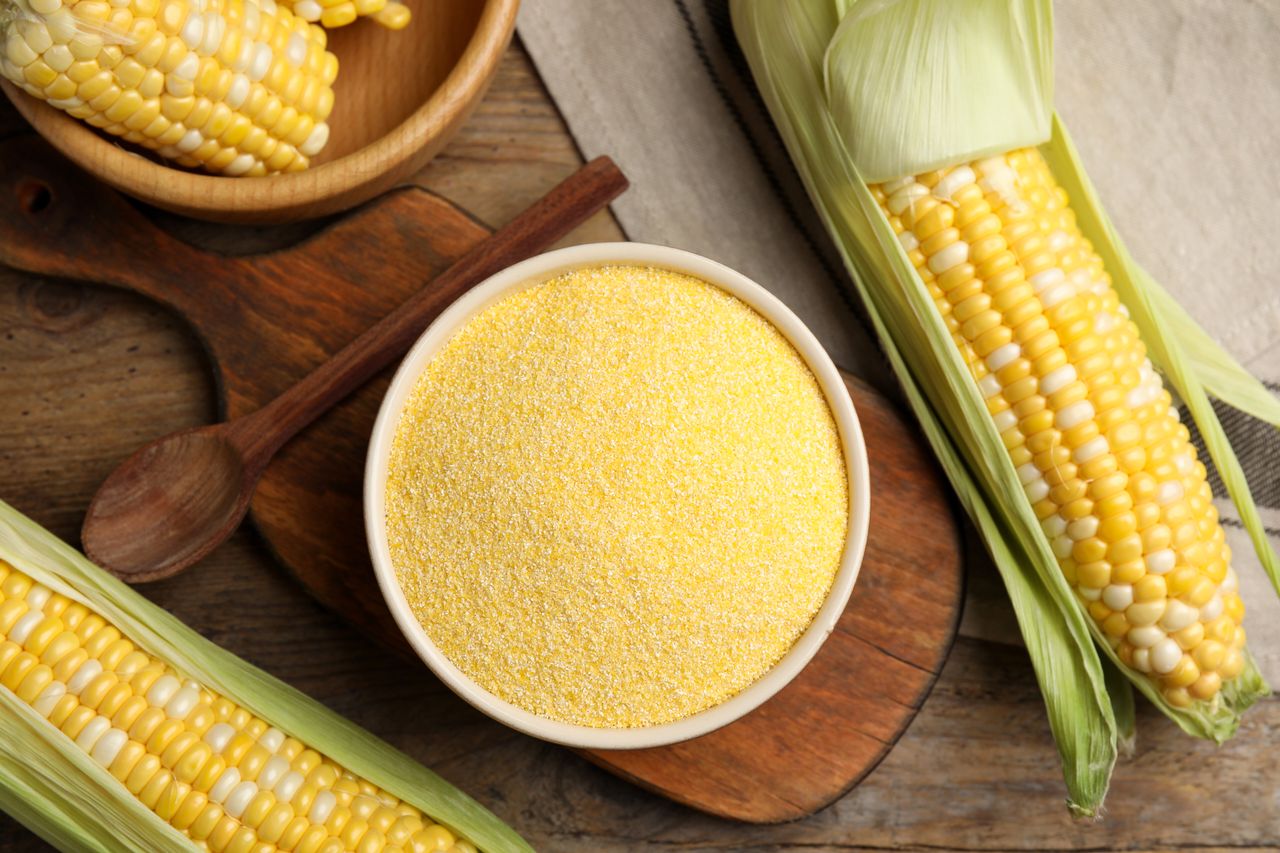
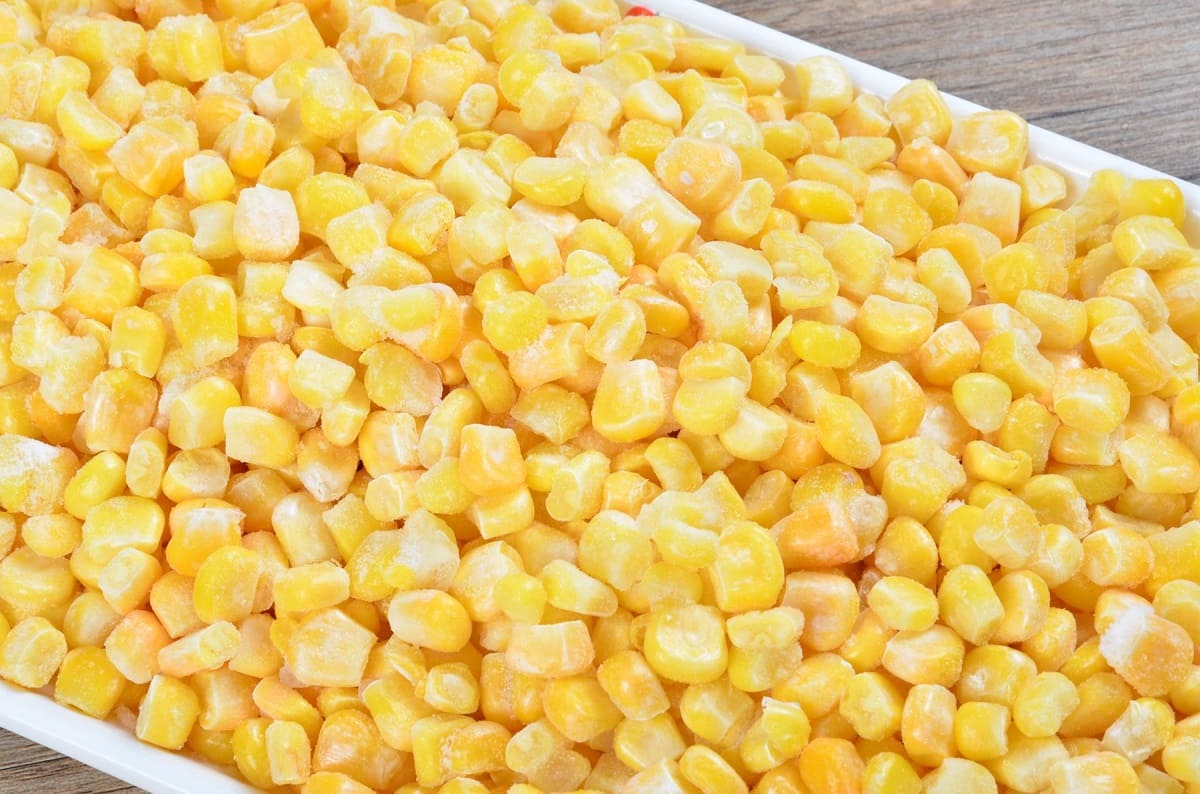


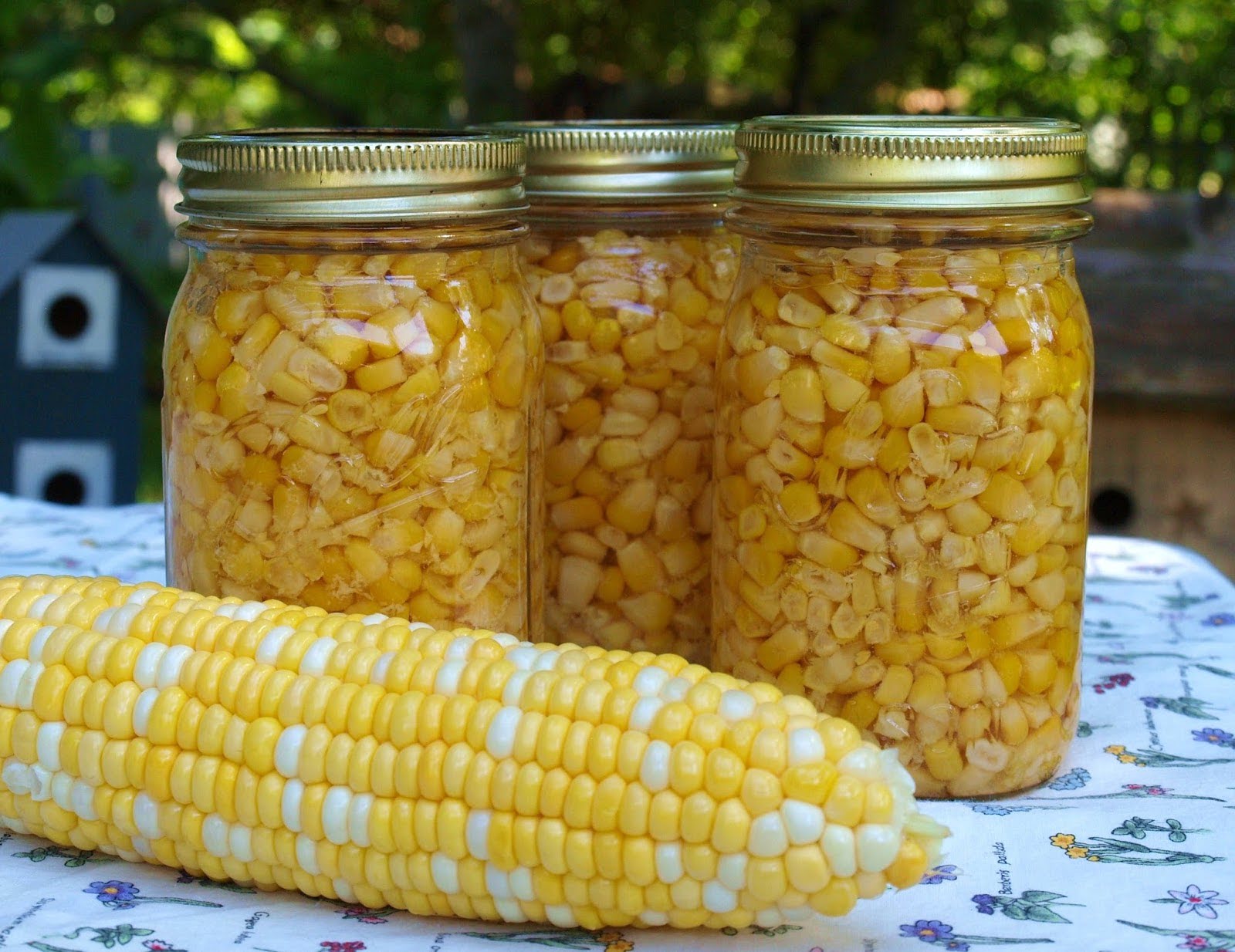
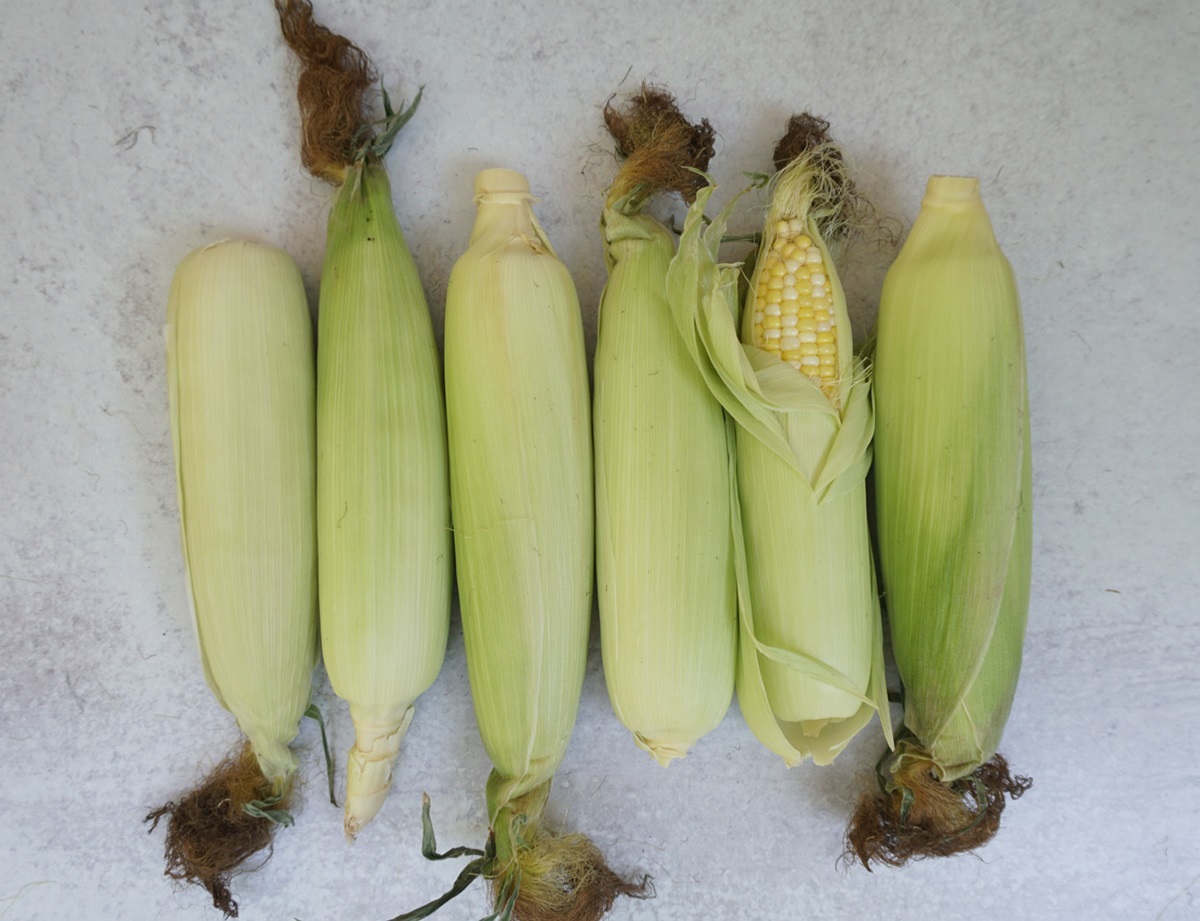

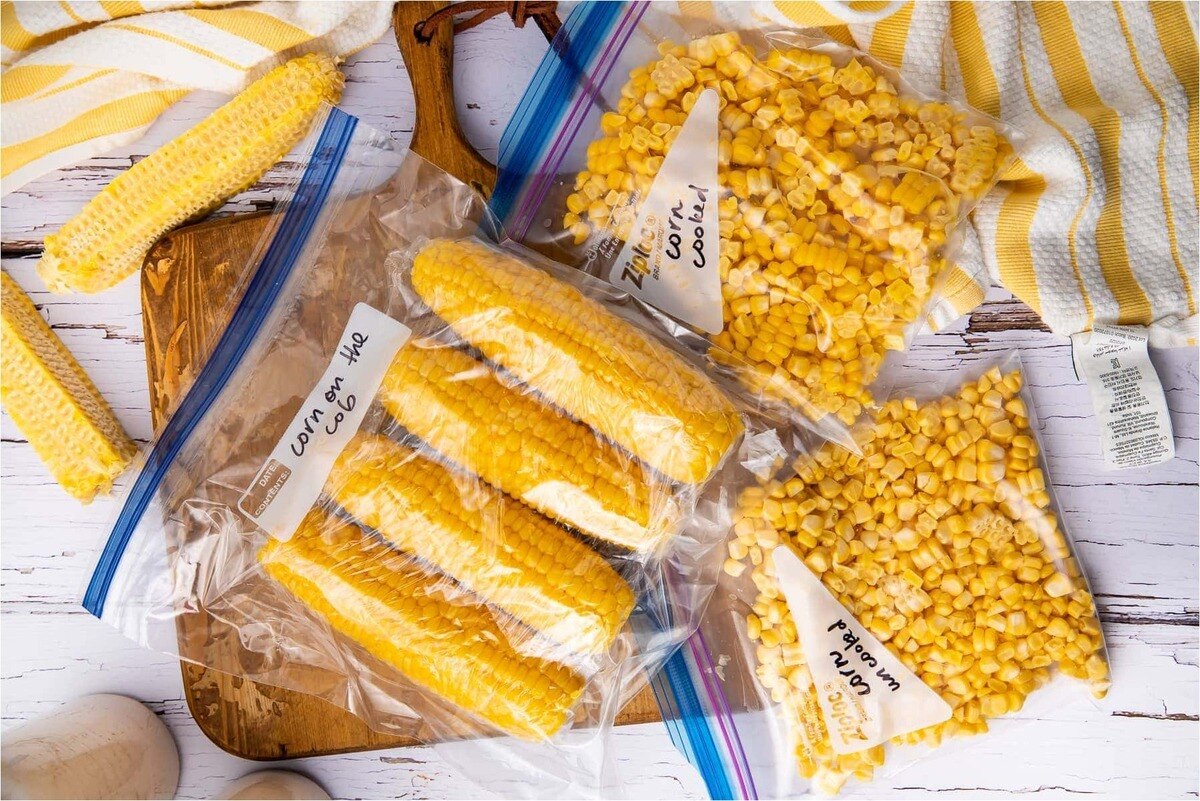


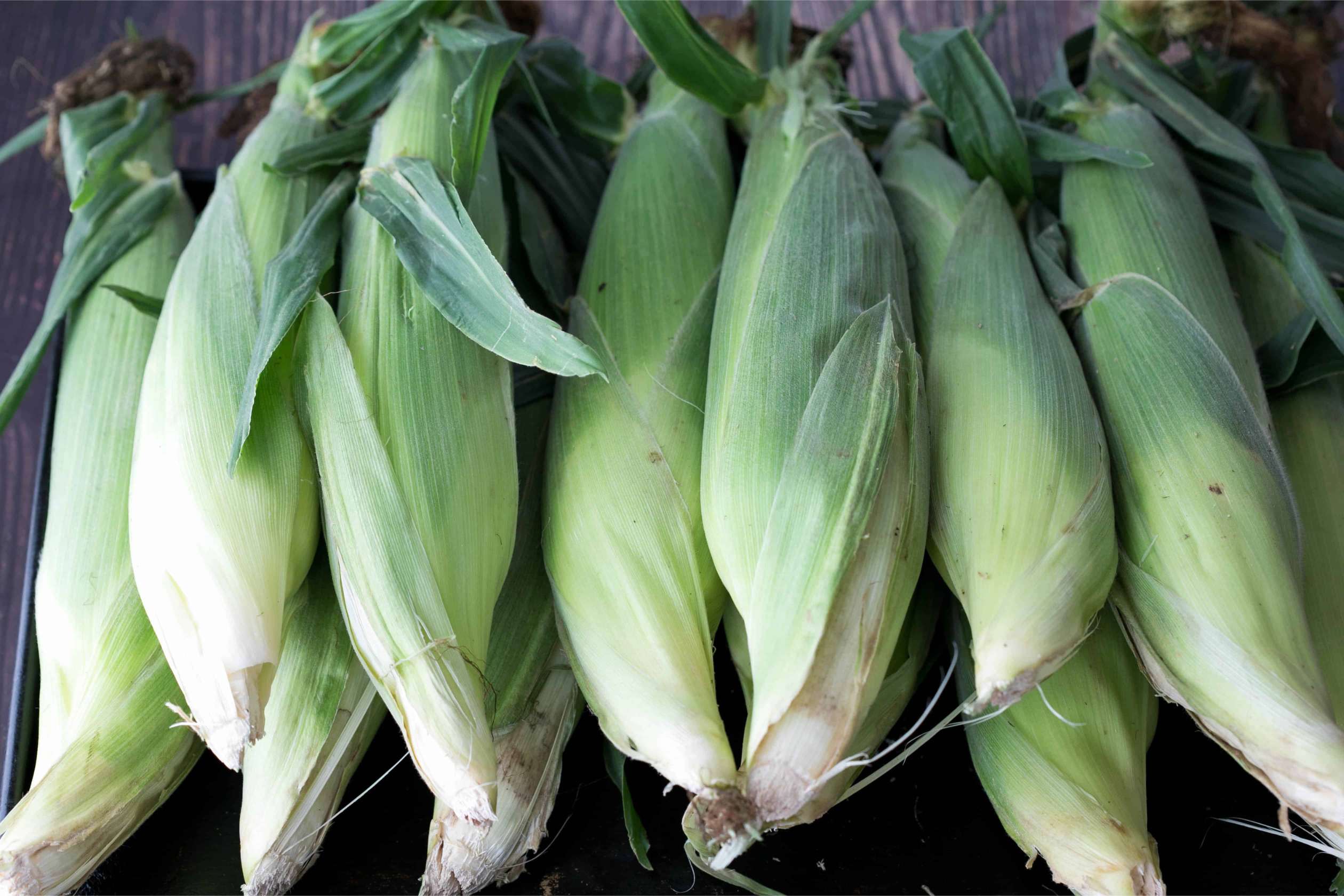
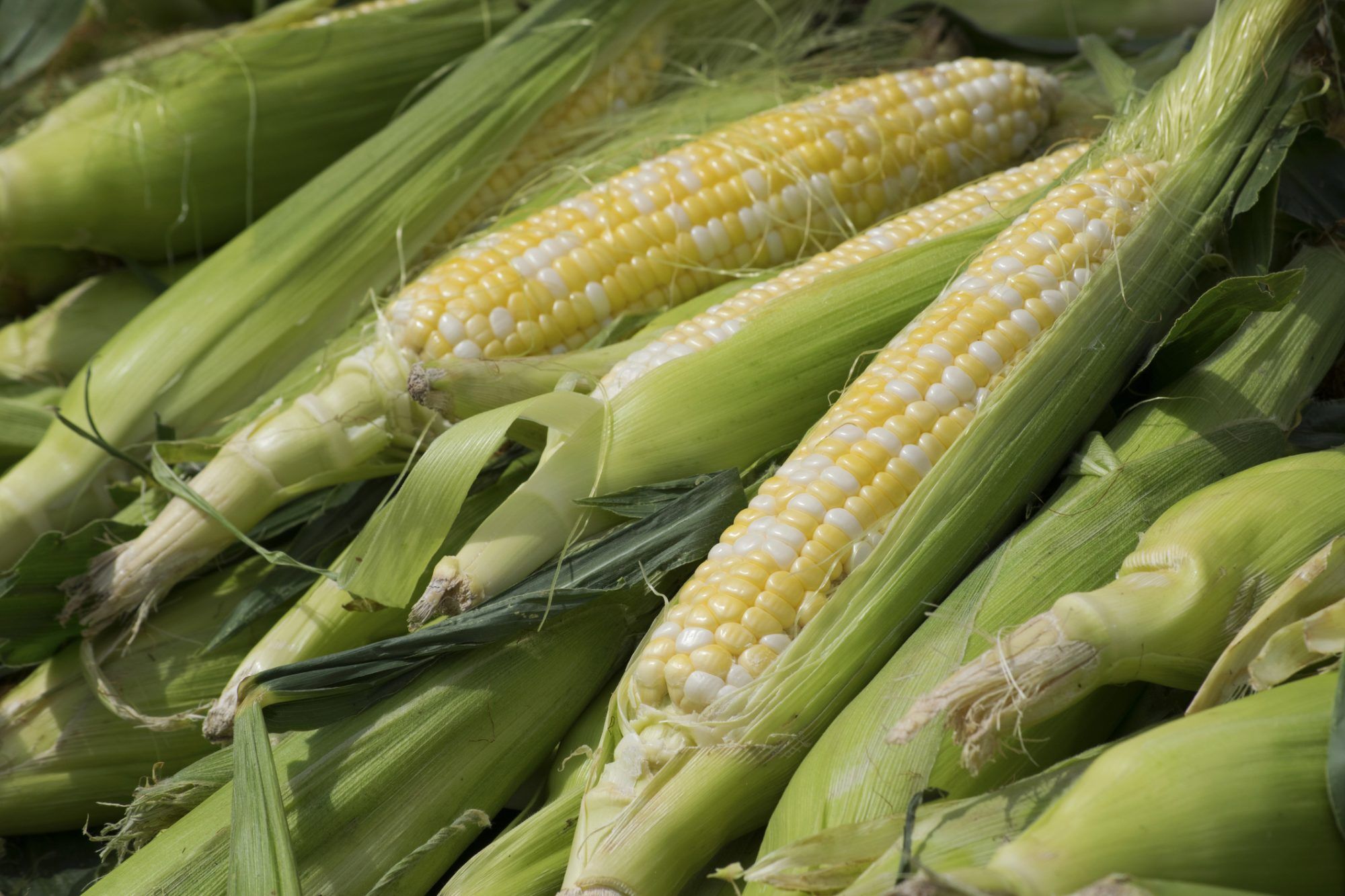
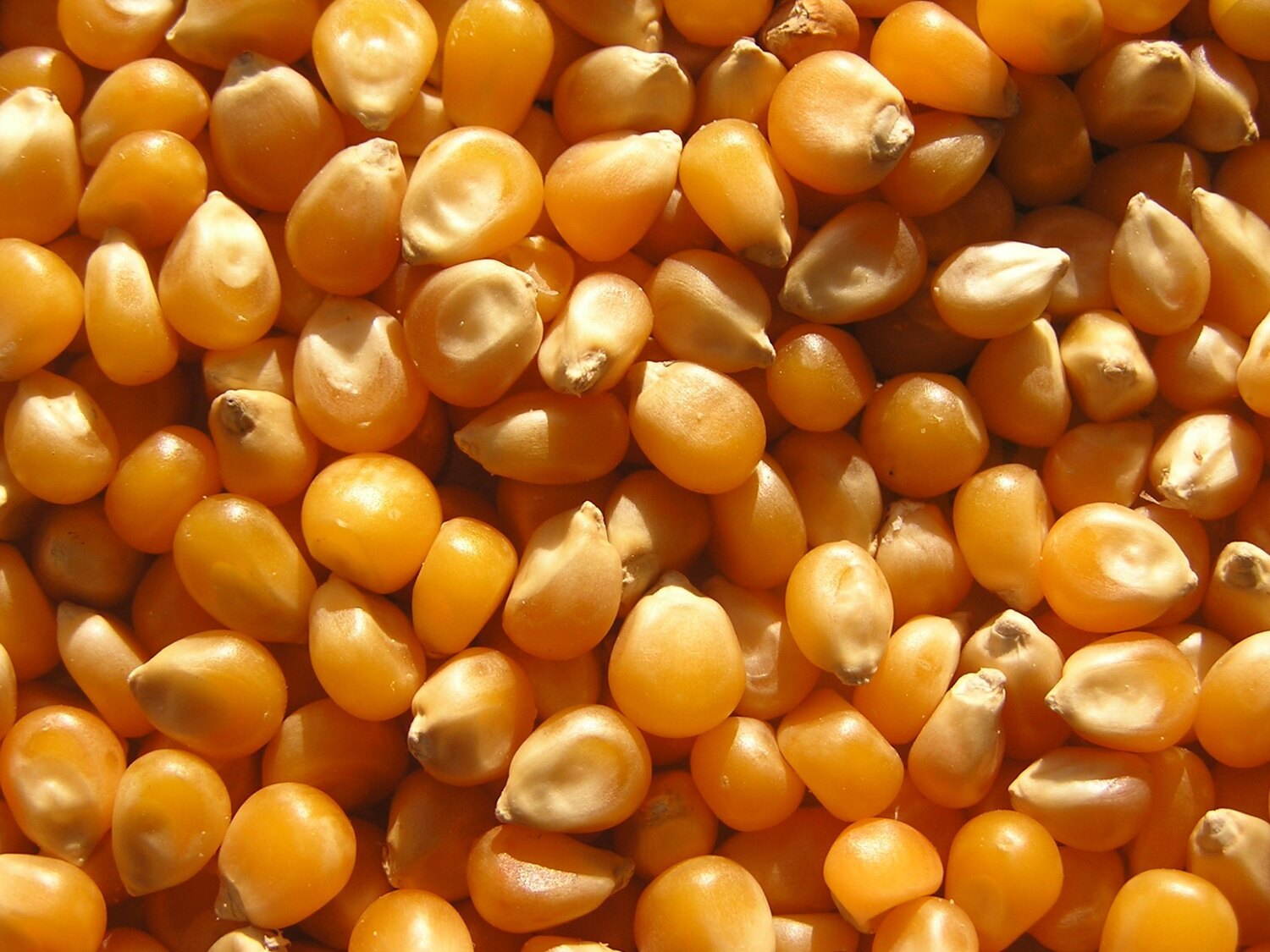

0 thoughts on “How To Store Corn Starch”